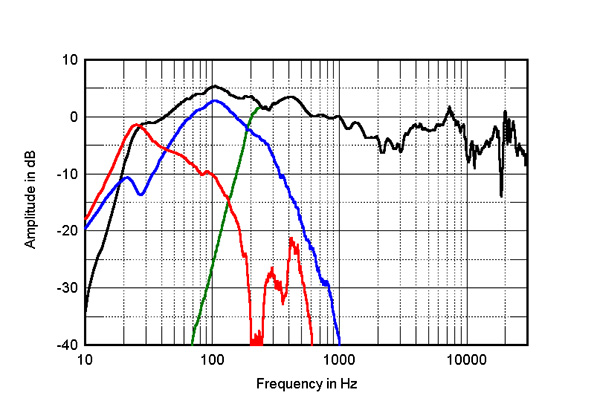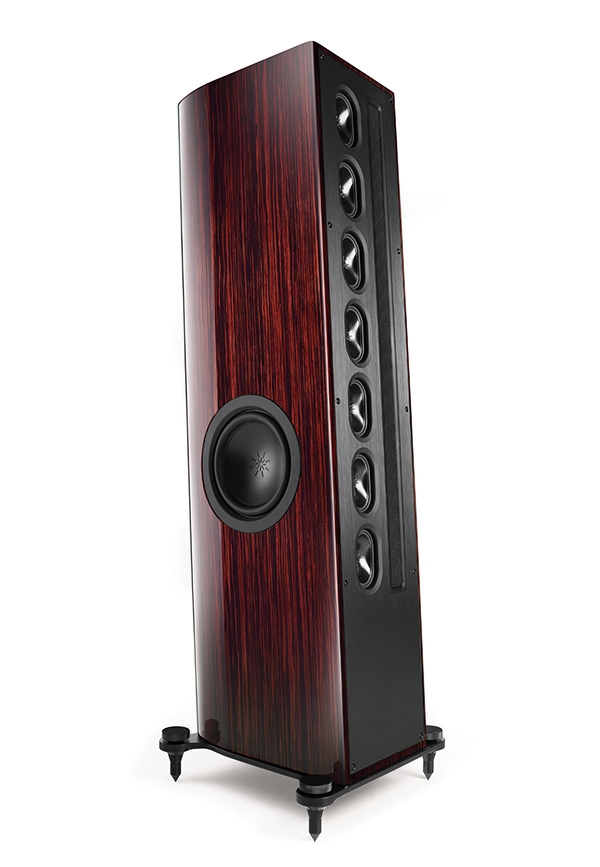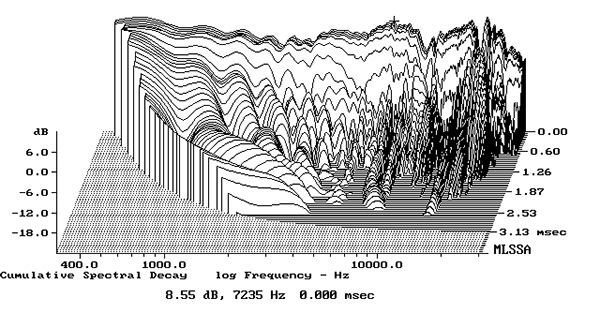I have actually heard these and they sounded pretty good to my ears, though i can't afford it, of course.
If we put a blindfold on you and walked you into a room with these speakers, so you didn't know which speaker it was, there is a possibility that you may enjoy it.
We should also probably put your favorite speaker that looks pretty and measures great in the same room and do some swaps. As you sit blindfolded, we could wait to see what you pick.
The blindfold is the greatest tool ever invented, when introducing a listener into this equation. It removes all biases that creep in about ugly vs pretty, great measurements vs sloppy measurements, and so on. It could reveal how sloppy a guy's tastes really are in reality, if he's picking speakers that measure sloppy when he's blindfolded.
In other words, he may just be another guy with sloppy tastes, who just says he likes speakers that measure perfectly. In other words, the blindfold is the greatest tool ever to level out the playing field for guys who identify as 'ears only' audiophools, audioscientists and so on.
When i bring that blindfold like the grimreaper, it should put great fear into the hearts of audiophools and audioscients alike, the fear of getting exposed in front of everyone.





